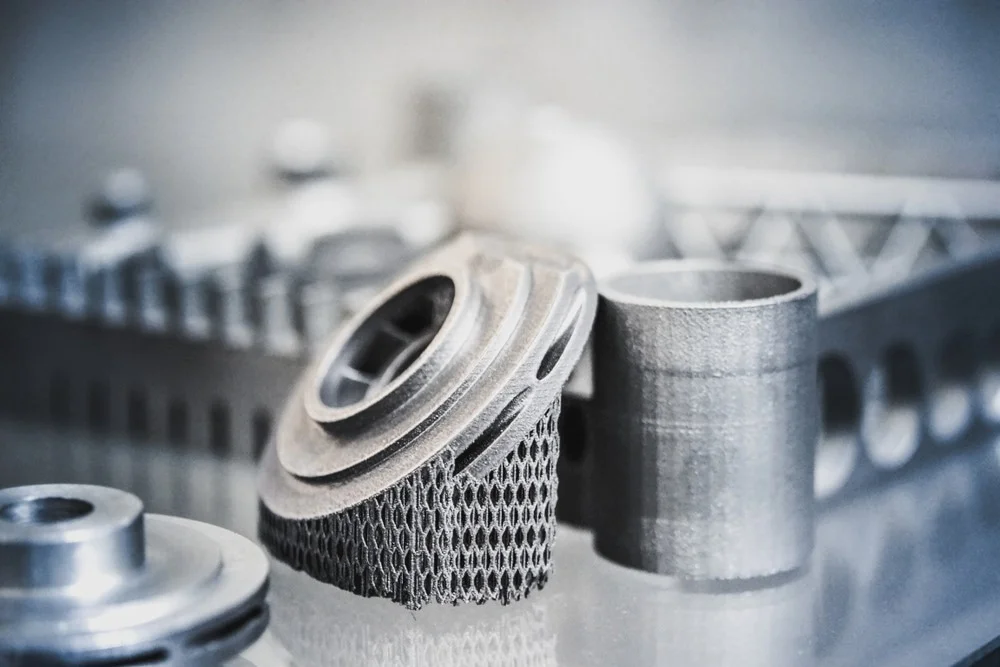ASTM E2207 High-Temperature Crack Propagation Testing
The ASTM E2207 standard specifies a method for determining high-temperature crack propagation behavior in materials. This test is critical for evaluating the creep resistance and durability of alloys, particularly those used in aerospace, automotive, and power generation industries where components are exposed to extreme thermal stresses.
Creep is a time-dependent plastic deformation that occurs at elevated temperatures. It can significantly reduce the useful life of components if not properly understood and managed. ASTM E2207 provides a standardized approach for measuring crack propagation rates under specified conditions, which allows for consistent evaluation across different materials and manufacturers.
The test involves subjecting samples to cyclic tensile stress at high temperatures and observing how cracks initiate, grow, and propagate over time. The process typically follows these steps:
- Specimen preparation: Samples must be cut from the material of interest with specific dimensions as per ASTM E2207 guidelines.
- Tensile testing setup: Specimens are mounted in a tensile tester designed to apply controlled cyclic stress at elevated temperatures.
- Data collection: Crack growth is monitored using high-resolution optical or digital image analysis techniques. Strain gauges may also be used for additional data points.
The primary outcome of the test is the determination of the crack propagation rate (CPR), which is calculated as the increase in crack length per unit time under specified stress and temperature conditions. CPR provides valuable information about a material's resistance to creep damage, helping engineers select appropriate materials for high-temperature applications.
ASTM E2207 is widely recognized across industries due to its rigorous methodology and consistent results. It ensures that the performance of critical components can be accurately assessed under real-world conditions, thereby improving product reliability and safety.
Industry Applications
The ASTM E2207 high-temperature crack propagation test is essential in various sectors where materials are subjected to prolonged exposure at elevated temperatures. These include:
- Aerospace: Engine components like turbines, combustors, and exhaust nozzles.
- Automotive: Turbocharger wheels, exhaust systems, and engine blocks.
- Power Generation: Steam turbine blades, boiler tubes, and heat exchanger components.
In aerospace applications, the test helps ensure that engine parts can withstand the extreme temperatures and stresses encountered during flight. For automotive use, it ensures durability of critical components like turbochargers which operate at high temperatures. In power generation, it aids in selecting materials capable of withstanding the harsh conditions inside boilers and turbines.
The results from ASTM E2207 testing play a crucial role in meeting regulatory requirements such as those set by the Federal Aviation Administration (FAA) for aviation components or the Society of Automotive Engineers (SAE) for automotive parts. Compliance with these standards helps manufacturers avoid costly recalls and product failures, enhancing overall safety and reliability.
Competitive Advantage and Market Impact
The ability to accurately assess high-temperature crack propagation behavior through ASTM E2207 testing provides significant competitive advantages for companies operating in the metallurgy and materials sector. By ensuring that their products meet or exceed industry standards, organizations can:
- Enhance product durability and lifespan.
- Avoid costly failures due to premature component failure.
- Demonstrate compliance with regulatory requirements, thereby opening new market opportunities.
- Earn trust from customers by providing reliable, high-quality products.
Beyond mere compliance, companies that excel in this area can differentiate themselves through innovation. By continuously improving testing methods and materials selection processes based on ASTM E2207 results, firms can introduce more efficient and robust solutions to the market. This not only boosts their reputation but also attracts investment and partnerships from other leading players in the industry.
The adoption of ASTM E2207 standards across global markets underscores its importance as a benchmark for quality assurance. Organizations that adopt these practices early on are better positioned to navigate future regulatory changes and technological advancements, ensuring long-term success in competitive environments.
Use Cases and Application Examples
The ASTM E2207 test has numerous practical applications across diverse industries. Here are some key use cases:
- Aerospace Industry: Testing engine components to ensure they can withstand the extreme temperatures and stresses of flight.
- Automotive Sector: Evaluating turbocharger wheels for durability in high-performance vehicles.
- Power Generation: Assessing boiler tubes and heat exchanger materials used in power plants.
In aerospace applications, the test is crucial for ensuring that engine parts like turbines can operate reliably over extended periods without failure. For automotive use, it guarantees that turbochargers will remain functional even under intense operational conditions. In power generation, it helps select materials capable of withstanding the harsh environments inside boilers and turbines.
These tests are not just confined to large-scale manufacturing but also benefit smaller businesses by providing them with detailed insights into material performance at high temperatures. This knowledge aids in optimizing product design and production processes, leading to cost savings and improved quality.





